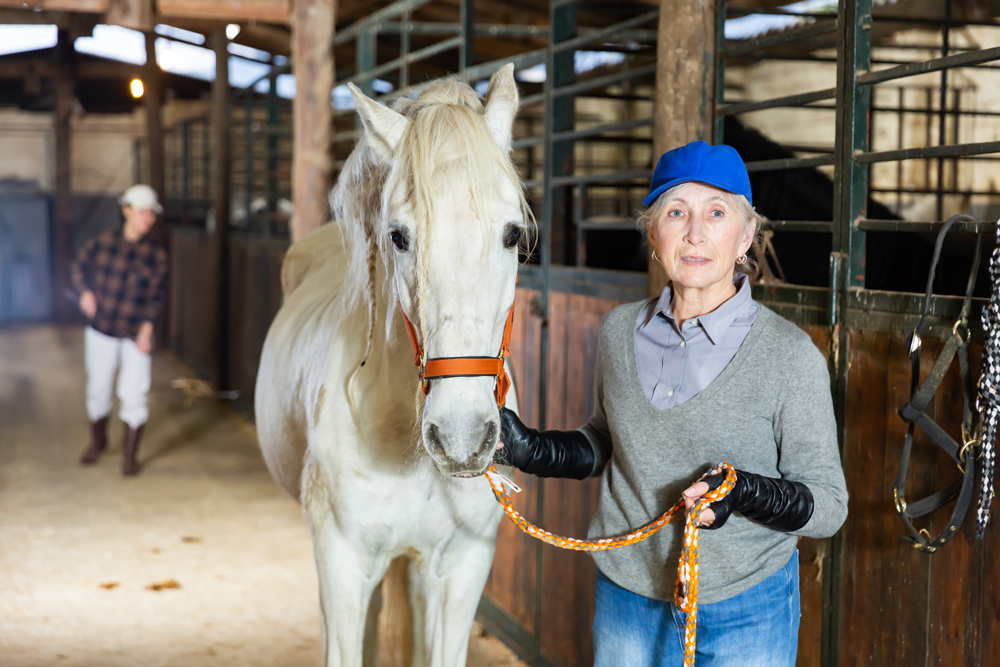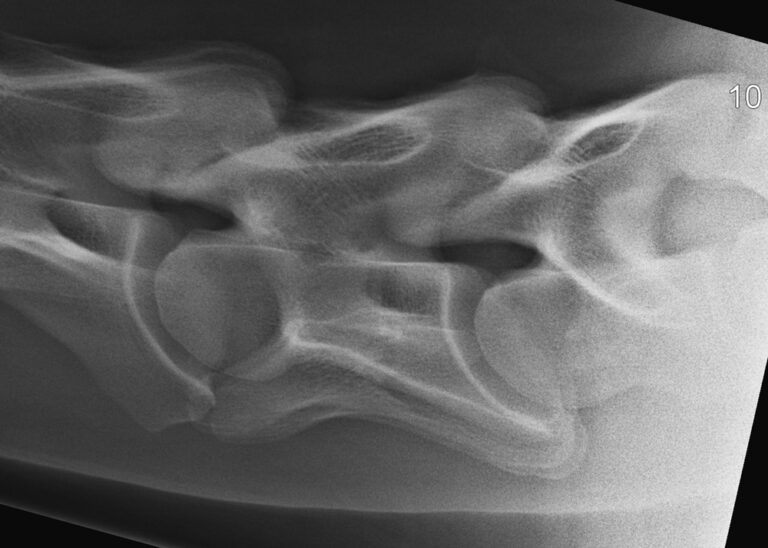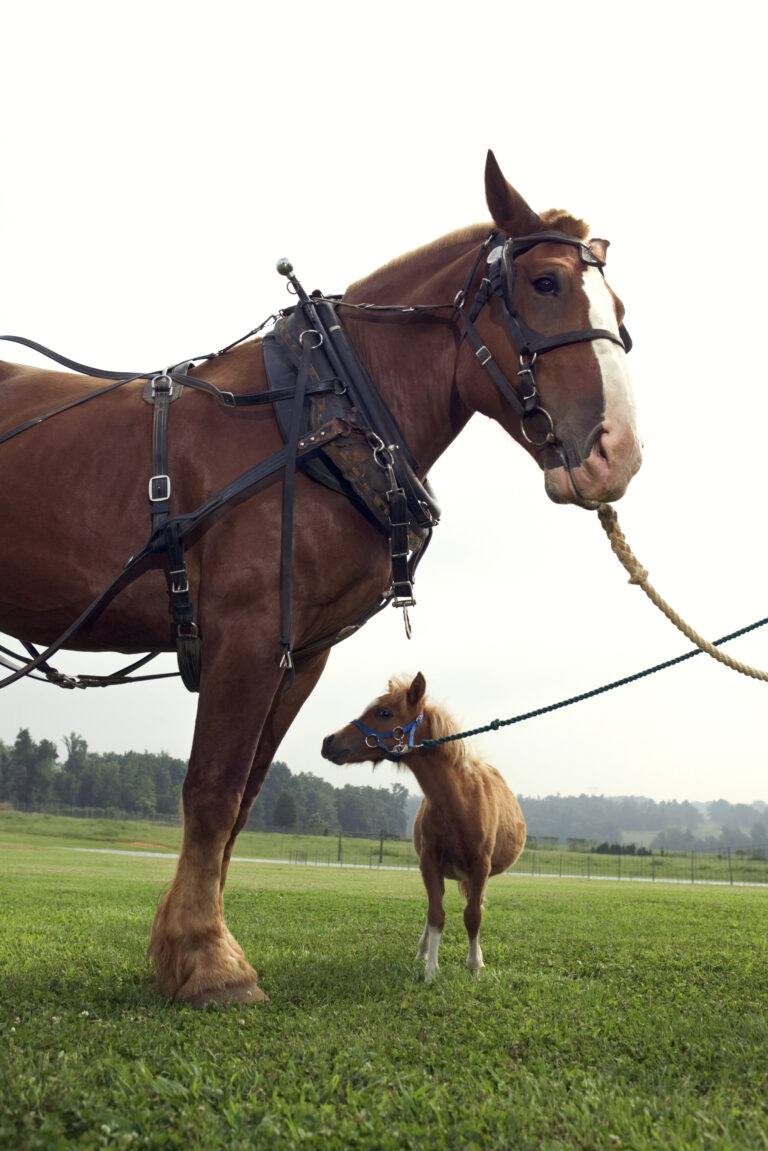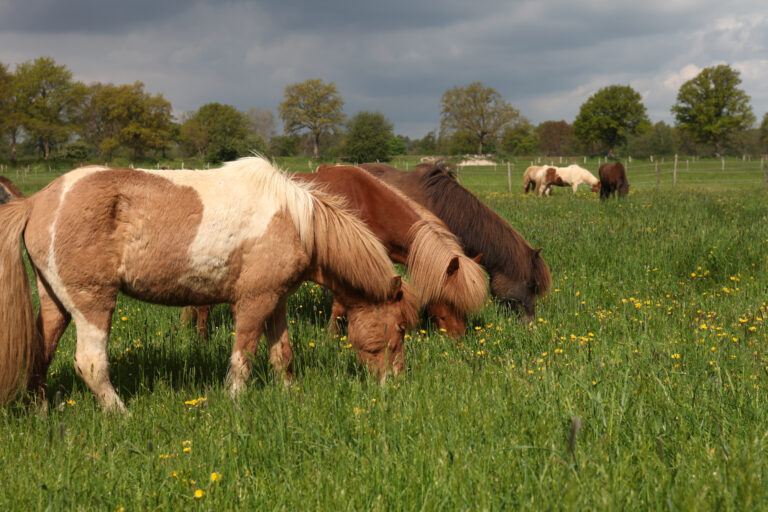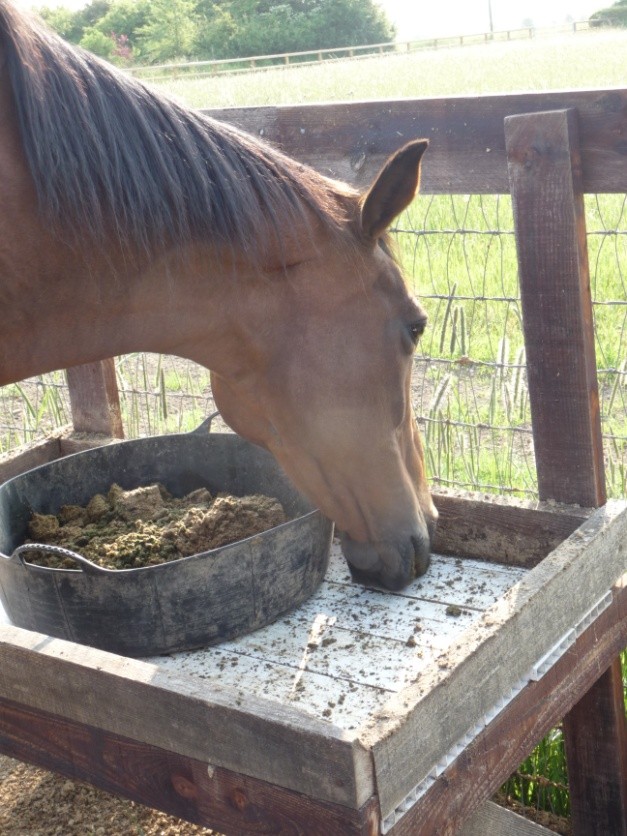In 2020, a nation-wide survey was conducted to improve our understanding of senior horse health and management in the United States.1 The research was done by Dr. Amanda Adams (University of Kentucky), Dr. Michelle Coleman (University of Georgia), Dr. Patricia Harris (WALTHAM Equine Studies Group), Dr. Erica Macon (Texas A & M University), and Dr. Alisa Herbst (Rutgers University Equine Science Center).
One part of this survey study was concerned with the investigation of the health status and the health care provided for U.S. senior (15+ years of age) horses. The main findings from this part of the survey study are summarized below.
Medical Conditions Diagnosed by Veterinarians
In the survey study, participants were asked to report medical conditions in their senior horses that were present at the time of the survey and that had been diagnosed by a veterinarian.
The most reported medical condition was osteoarthritis, which was recorded for 30% of the horses. According to survey participants, the leg joints were most frequently affected by osteoarthritis (96%). This was followed by the neck (12%) and back/pelvic joints (2%). In 9% of horses, osteoarthritis was present in more than 1 body region.
The second- and third-most-frequent medical conditions reported were dental disorders (15%) and lameness (14%). In those horses for which the cause of lameness was known, navicular syndrome was the most common cause (22%). However, osteoarthritis (18%), and ligament/tendon issues (16%) were also commonly reported reasons for lameness.
The most common hormonal disorder reported was pituitary pars intermedia dysfunction (PPID, previously called Cushing’s disease). This affected 12% of the horses.
What Was Not Found
Interestingly, medical conditions that are common in elderly people—such as cardiovascular diseases or cancers—were not frequently reported. For example, the prevalence of cancers/abnormal body mass growth was only 2%. Heart abnormalities were less than 1%.
Only about one-third of survey participants indicated that their horses were free of veterinary-diagnosed medical conditions during the survey. That suggests most senior horses in the U.S. were not healthy.
The researchers stated that with such a high prevalence of medical conditions, owners having plans for prevention, adequate diagnosis, and treatment are very important.
Medical Conditions Diagnosed by Non-Veterinarians
The survey participants were also asked about medical conditions in their horses that were diagnosed by someone other than a veterinarian. This could include the owner, farrier, or a fellow equestrian.
The most common senior horse health conditions diagnosed by these non-veterinarians were osteoarthritis (11%), lameness (5%), and dental disorders (3%).
Overall, only a small proportion of medical conditions was diagnosed by anyone other than a veterinarian.
Risk Factors for the Top Veterinary-Diagnosed Conditions
Osteoarthritis was the most common medical condition in this survey study. Fully retired (i.e., no structured exercise) horses were found to have a higher risk of osteoarthritis than horses used for pleasure riding.
The researchers pointed out, however, that risk factors (such as retirement in the case of osteoarthritis) are not always indicating a cause-effect relationship. For example, a retired horse could be managed in a way that predisposes it to the development of osteoarthritis, or a horse could enter retirement due to osteoarthritis, or both.
The second-most-common condition was dental disorders. Advancing age, being a gelding as opposed to a mare, and being a Thoroughbred were identified as risk factors for dental disorders. Interestingly, the risk was also higher for senior horses residing in the southwest portion of the United States compared to the southeast section.
The researchers stated that they are currently unsure why the location of the horse appeared to be a risk factor for dental disorders.
Lameness was the third-most-common condition. Unsurprisingly, multiple other medical conditions that are known to be commonly associated with lameness were found to be statistical risk factors for lameness. Those included osteoarthritis, navicular syndrome, and tendon or ligament issues.
In addition, the risk of lameness was found to be higher in retired or semi-retired horses compared to senior horses used for pleasure riding or competition. Risk of lameness in Quarter Horses was higher compared to a group of other horse breeds.
Routine Care
The researchers also explored risk factors for low routine health care provision for senior horses.
They found that mares and retired horses were at a heightened risk of no preventive veterinary care, no dental floats, or exams. Mares and retired horses were also at a higher risk for low farrier attendance (4 times a year or less).
Final Words
Please help the scientists spread the word that even retired horses and older mares should see a veterinarian for a wellness exam and a dental exam/float at least once a year. Also, regular farrier attendance is important for these horses to ensure their wellbeing.
Reference
- Owner‐reported health and disease in US senior horses. Alisa C. Herbst, Michelle C. Coleman, Erica L. Macon, Patricia A. Harris, Amanda A. Adams. Equine Veterinary Journal, 2024.
Further Scientific Reading
- Retirement risk factors, exercise management and muscle mass in US senior horses. Alisa C. Herbst, Michelle C. Coleman, Erica L. Macon, Aviv Brokman, Arnold J. Stromberg, Pat A. Harris, Amanda A. Adams. Equine Veterinary Journal, 2023.
- A survey of aged horses in Queensland, Australia. Part 1: Management and preventive health care. T.W. McGowan, G. Pinchbeck, C.J.C. Phillips, N. Perkins, D.R. Hodgson, C.M. McGowan. Australian Veterinary Journal, 2010. 88(11): p. 420-427.
- Effects of ageing and training on maximal heart rate and VO2max. C.L. Beltros, K.H. McKeever, C.F. Kearns, and K. Malinowski. Equine Veterinary Journal, 2002. 34(S34): p. 100-105.
- Maximal aerobic capacity (VO2max) in horses: a retrospective study to identify the age-related decline. A. Walker, S.M. Arent, and K.H. McKeever. Comparative Exercise Physiology, 2009. 6(4): p. 177-181.
Further Content
- My Senior Horse Podcast: Senior Horse Study. Dr. Alisa Herbst. MySeniorHorse.com
- Equine Muscle Mass: Detecting and Monitoring Changes. Dr. Alisa Herbst. MySeniorHorse.com
- Keep Aging Horses Strong: Understand Muscle Mass and Protein. Dr. Christine Urschel. MySeniorHorse.com
- My Senior Horse Reader Favorites. Kimberly S. Brown. MySeniorHorse.com
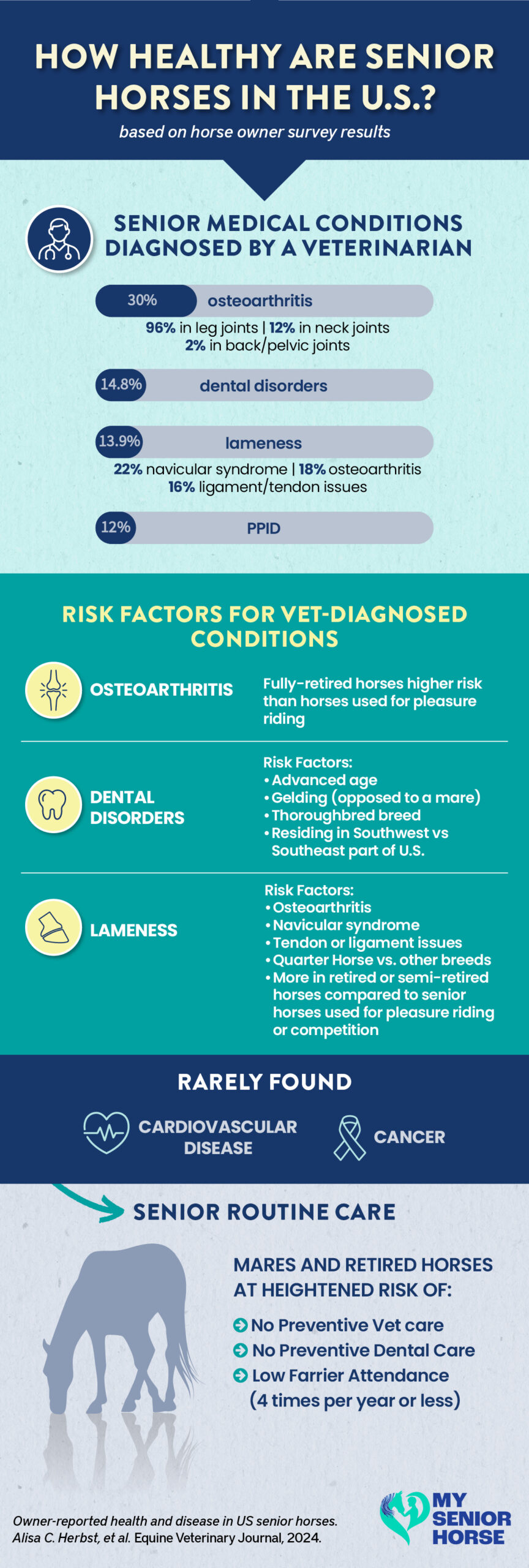
-
Alisa Herbst, PhD, is a Postdoctoral Associate at Rutgers University. She earned her Phd from the University of Kentucky with her dissertation Muscle Mass and Immune Function in the Senior Horse.View all posts

